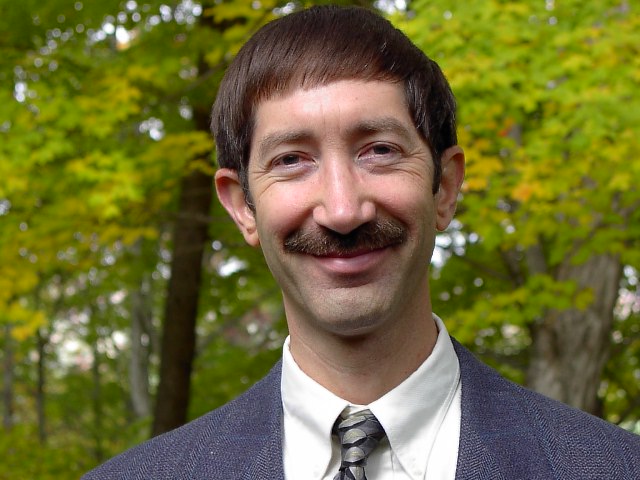
I couldn't quite get all this written last night, so here is a brief of the Day 3 afternoon session I attended...
XML and Tagging

The afternoon session on Database management was chaired by database rock star, Edward A. Fox. Ed Fox is gaining quite a fan club here in Fargo, well, there is at least two of us. If you ever need a real-deal session chair, he's the man!
Back to the session, Tyler Bell, Oxford ArchDigital opened his paper with why XML is like Sex: Everyone thinks they are great at it, Everyone is doing it, everyone is talking about it, but not everyone is as doing what they think they are. This informative talked, in a point counter-point format, followed with what it is to actually "use" XML and why to "use" XML. Although there were no specific applications, Tyler pointed to a number of possibilities and prudent uses for XML in cultural heritage.
Building upon Tyler's XML info, the session turned to a paper by Eric Kansa, delivered by David Schloen. Eric has developed the Open Context project as "an Internet-based archive that aims to preserve and promote our shared, global heritage." Open Context is, in short, a searchable and taggable archive of user provided cultural heritage content. The key to this project is the development of a folksonomy based on the tags provided by the community. Yes, this is the application of "web 2.0" ideas to cultural heritage management! The discussion that followed this paper was quit lively and full of great ideas.
Is a folksonomy the answer to creating a universal language within an discipline that has as many languages as practitioners? Some in the audience agreed that it is a fantastic way to organize data, while others like to view it from the point of adding value and data relationships where specialist have never seen them. The ideas of democratize data and building an archaeological thesaurus based on community tagging was explored. Of course, there are technical problems with relying on tagging as the main system of data description and cross-project mapping. Interestingly, David Schloen, who presented the Open Context paper on Eric's behalf, is involved with a similar project, OCHRE (Online Cultural Heritage Research Environment) at the University of Chicago.
OCHRE is a XML structured schema, called ArchaeoML, with a java web frontend. The general idea between Open Context and OCHRE seems similar, but the underlying data structure is quite different. As I understand it, OCHREs use of ArchaeoML creates a data structure and mapping capability that is much more robust than community tagging alone. The ArchaeoML structure of OCHRE also carries the capability for community tagging and relationship identification. So although, the OCHRE project has many more standards, it still has all the abilities to build a folksonomy based thesaurus and retains the research grade data structure in the XML schema. I hope I did not butcher those descriptions too bad.
Is the internet and/or archaeological community ready for multi-vocal community interpretation and Cultural Heritage with user added value? I think so. It seems that many others feel the same way. How structured should the common vocabulary be? The OCHRE and CIDOC CRM (Stephen Stead, Paveprime Ltd. UK) projects have gone a long way in creating a usable structure that is flexible enough to map varying data sources, but there was also a backing voice to the idea of letting the community develop the language via tagging. I hope that these discussions continue to expand the possibilities for not only how archaeologists interact, manage, archive, and research, but also how the non-specialist public can learn, interpret, and most interesting to me, teach us about the world's cultural heritage.
No comments:
Post a Comment